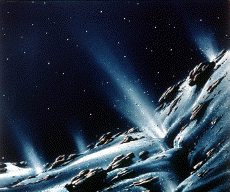This is a picture of dry ice (frozen CO2) sublimating (turning to a gas).
Click on image for full size
JPL
Why Pluto has an Atmosphere
Because the orbit of Pluto is so strange, Pluto is sometimes close enough to the sun for the ices on its surface to sublimate. Sublimation describes what happens when a frozen material changes to gaseous form. (Evaporation describes what happens when a liquid changes to gaseous form).
The most common example of sublimation is that of dry ice, which is the common name of frozen CO2. When dry ice is exposed to the air it begins to sublimate, or change to vapor, before your very eyes. This happens to dry ice because at room temperature the frozen gas would rather be a gas than frozen solid.
When Pluto comes close enough to the sun, the surface of solid Nitrogen sublimates to produce a substantial atmosphere with winds and clouds. Because the planet is so small, however, it does not have enough gravity to bind an atmosphere for very long. Thus Pluto's atmosphere is being rapidly produced and rapidly lost at the same time. This means that the atmosphere is not in equilibrium.
By 1999, Pluto will leave the neighborhood of Neptune and drift further away from the sun in its orbit. As it gets further from the sun it will no longer produce an atmosphere. Thus it will soon be too late for humankind to study Pluto's unique environment. These are good reasons to explore Pluto now.
You might also be interested in:
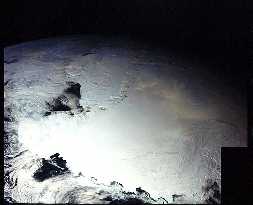
Pluto is so far away, and has never been explored. Questions to answer about Pluto include the following: What are the geologic features of the surface. (pictures of the surface) If there are bare spots,
...more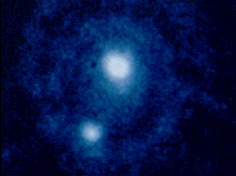
It may seem hard to believe that Pluto could have an atmosphere because it is so cold at 39 AU, where Pluto is found, but it does. Because there are times when Pluto is closer to the sun than is Neptune
...more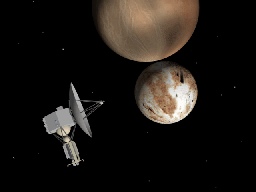
Of all the planets and moons in the solar system, Pluto and Charon are the two which resemble each other the most closely. They are almost the same size, and they are very close together. They are so
...more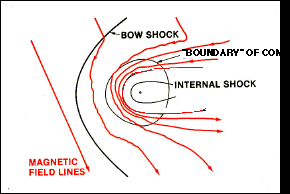
No one knows whether or not Pluto has a magnetosphere. Scientists were very surprised to find that Jupiter's icy moon Ganymede had a magnetosphere because it is hard to explain how an icy body can develop
...more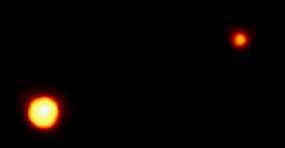
Pluto has // Call the moon count function defined in the document head print_moon_count('pluto'); moons. One of the moons is very large. The large moon is named Charon. The other two moons are fairly small.
...more
Pluto is a frigid ball of ice and rock that orbits far from the Sun on the frozen fringes of our Solar System. Considered a planet, though a rather odd one, from its discovery in 1930 until 2006, it was
...more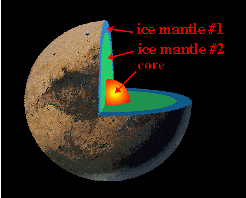
The diagram to the left shows a cutaway of the possible interior structure of Pluto. The composition of Pluto is mostly ice, therefore there is probably a small core of some rocky material buried inside,
...more


